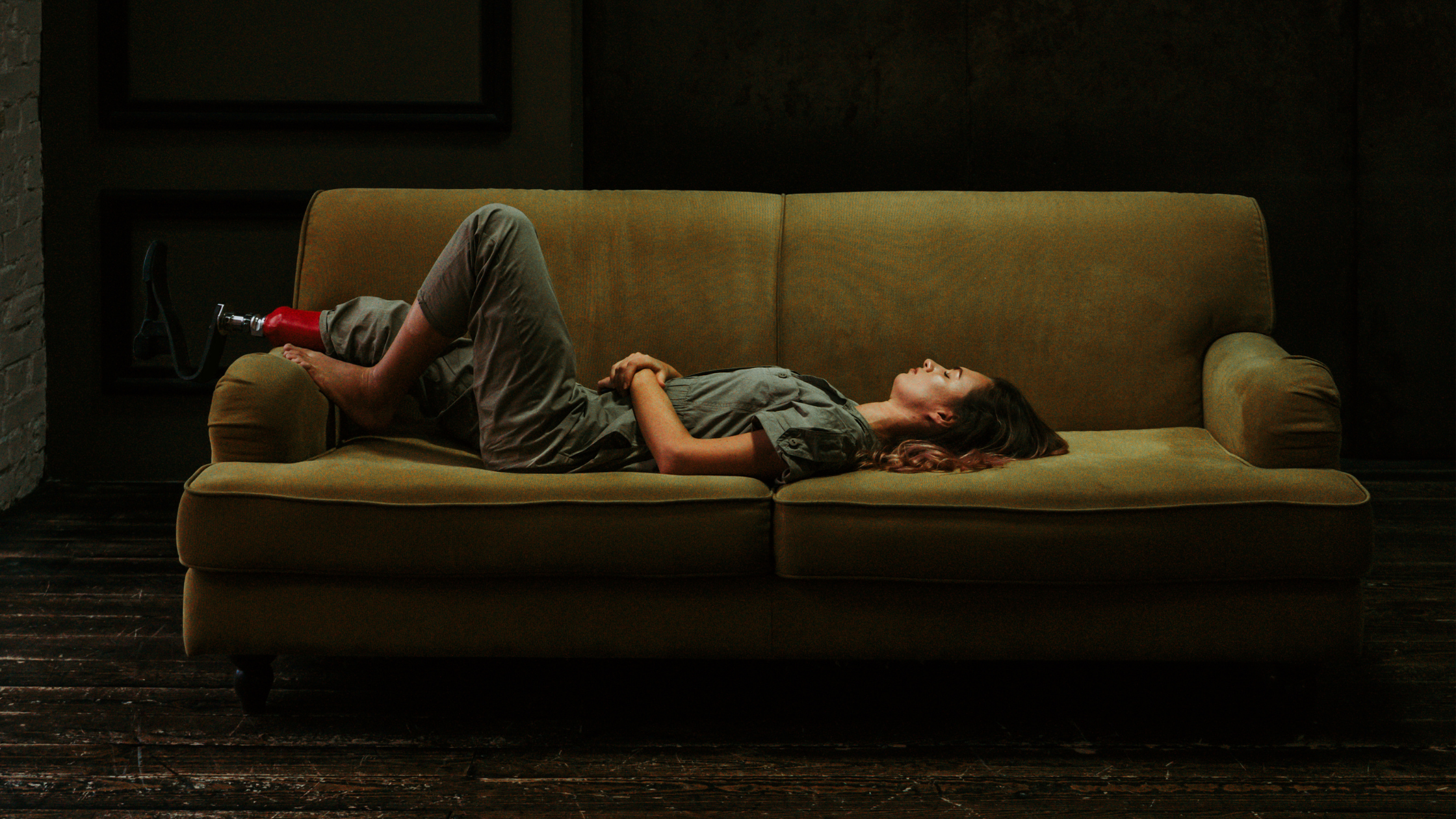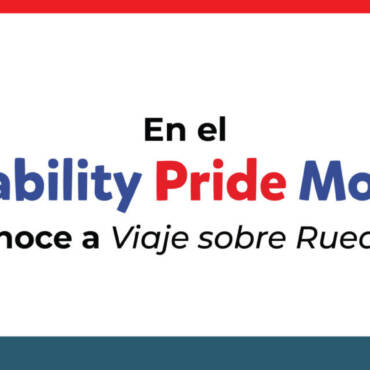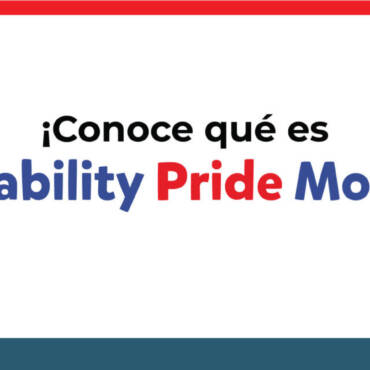
By: Dr. Yolanda Rodríguez León , Academic Liaison and Social Impact Manager SER from Puerto Rico
As the International Day for the Elimination of Violence against Women draws near, I think it is appropriate to promote some level of reflection that allows the situation of women living with disabilities to continue to be made visible. This is a broad and heterogeneous sector, but it is systematically made invisible in processes of public policies, services and protection. In past years, census data indicated that 19.9 % of all women in the country reported having some kind of disability, including physical, cognitive, hearing, and visual disabilities, and difficulties or inability to perform activities of daily living. The invisibility in which these women usually live is, to a great extent, based on the social constructions that exist about what it means to be a woman and to have a disability. It should be noted that using the concept disability I am not referring to these women being incapable; on the contrary, I refer to the social, economic and political scaffolding that discriminates against those who are different for the mere fact of being so. To that perception and social reaction towards the person who has a functional diversity, which limits their full integration and inclusion in all social spheres, under equal conditions. This was established in the International Convention on the Rights of Persons with Disabilities in 2006.
Women with disabilities are subjects of rights, like all the others, and they are systematically violated. This violation of rights and the violence they face
They are usually legitimized by society and the state, who perpetuate the historical vision in which a person with a disability was considered defective, incapable, and non-productive. In the case of women, adjectives of vulnerability, submission, illness and dependency are added. They are not recognized as having the capacity to carry out traditional roles and tasks among women, such as erotic-affective relationships, motherhood and economic independence. Their sexual and reproductive rights are violated, their bodies are considered deviant or inferior, experiencing stigmatization and devaluation that often makes them more vulnerable to attacks and abuse. In this way, the capacities, interests, and needs of these women are made invisible, intersectionalities are not taken into account, and they are usually relegated to a second-class citizen category. All this based on patriarchal and sexist ideologies that continue to reproduce through family, educational and religious systems.
It is in this context that many women with disabilities develop and live. International documents confirm that girls and women with disabilities, especially if they have intellectual disabilities, have a significantly higher risk of suffering different types of violence when compared to their peers without disabilities. It is important to point out that there are some common circumstances in the lives of women with disabilities that become spaces and experiences of violence and abuse. These include dependency on others in long-term care, difficulty being believed when reporting violence, low level of education about appropriate or inappropriate sexuality, and the need for physical help.
Even in these social and family circumstances, the issue of violence against girls and women with disabilities is not being addressed proactively. Many might think that it is not a social and structural problem, but it is. In addition to the circumstances described above, women with disabilities are not made visible in prevention campaigns on violence and sexual assault, which is why they do not feel represented and, on occasions, they do not even recognize that they are victims. help do not identify it as a need. On the other hand, governments do not usually have statistics on this subject, not because there are no attacks, but because there are no complaints and the information is not systematized. As in many other instances, those who perpetrate the aggression are in homes and institutions, places that cease to be spaces of protection to become places of systematic violence.
There is sufficient information and strategies to promote the safety of girls and women with disabilities. It is recommended that the state and non-governmental organizations promote violence prevention and attention campaigns that explicitly incorporate women with disabilities; that through statistics it can be evidenced if an abused girl or woman has a disability; that services aimed at women and those aimed at people with disabilities incorporate gender and disability issues in a transversal way so that they are taken into consideration when designing programs and offering services. Sex education continues to be a great need in this population, as well as orientation campaigns for families and professionals. These steps can be the beginning of a fairer society, free of oppression, discrimination and violence against girls and women who live with disabilities. Despite all of the above, we recognize that many of these women struggle and overcome the conditions of oppression imposed, managing to live the life they want and deserve.


